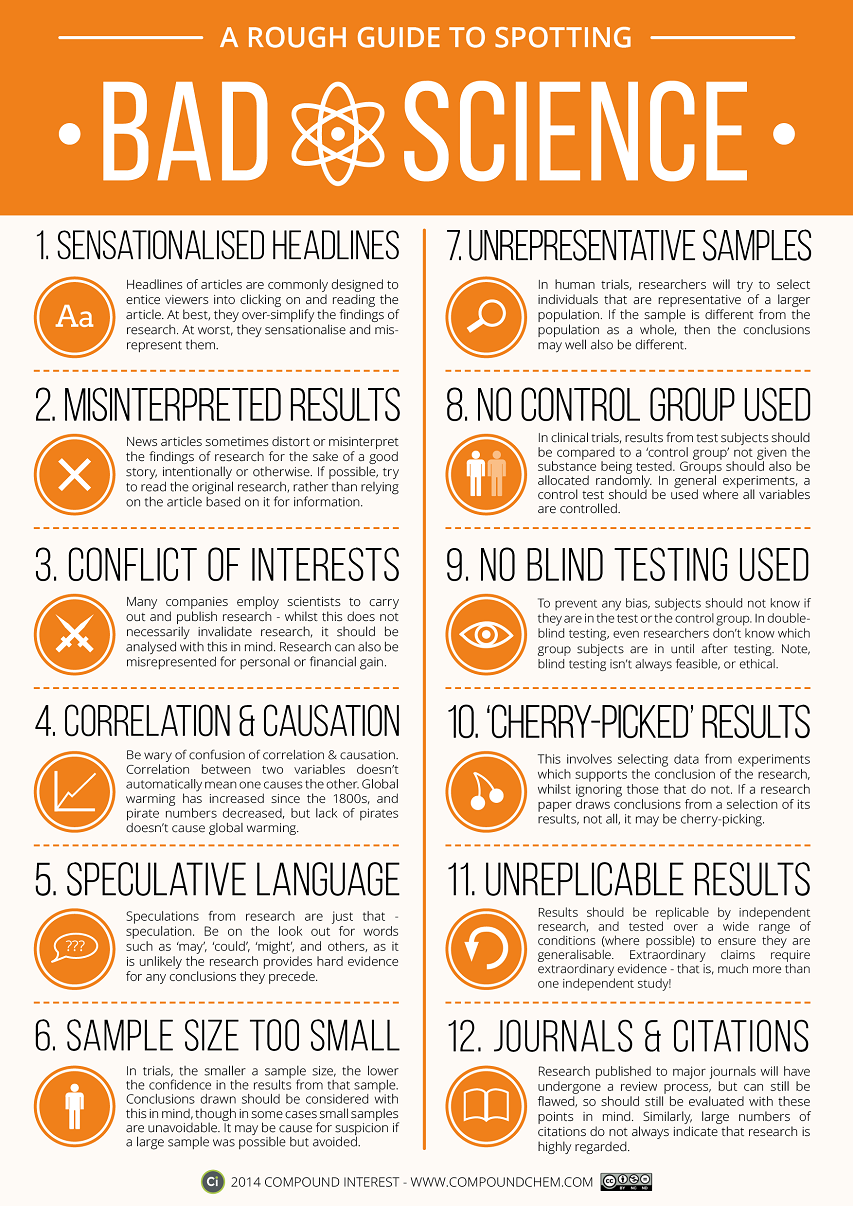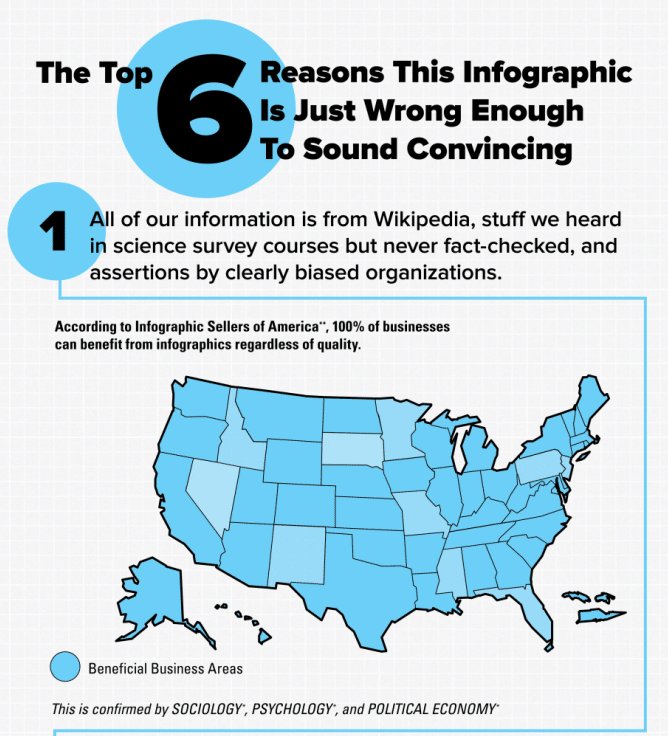The more we discover about the process of memory formation and recall, the more we discover that our memories are more fallible and plastic than we believed. Elizabeth Loftus talks to Alison George about the problem of false memories:
AG: How does this happen? What exactly is going on when we retrieve a memory?
EL: When we remember something, we’re taking bits and pieces of experience — sometimes from different times and places — and bringing it all together to construct what might feel like a recollection but is actually a construction. The process of calling it into conscious awareness can change it, and now you’re storing something that’s different. We all do this, for example, by inadvertently adopting a story we’ve heard — like Romney did.
AG: How did you end up studying false memories?
EL: Early in my career, I had done some very theoretical studies of memory, and after that I wanted to [do] work that had more obvious practical uses. The memory of witnesses to crimes and accidents was a natural place to go. In particular I looked at what happens when people are questioned about their experiences. I would ultimately see those questions as a means by which the memories got contaminated.
AG: You’re known for debunking the idea of repressed memories. Why focus on them?
EL: In the 1990s we began to see these recovered-memory cases. In the first big one, a man called George Franklin was on trial. His daughter claimed she had witnessed her father kill her best friend when she was 8 years old — but had only remembered this 20 years later. And that she had been raped by him and repressed that memory too. Franklin was convicted of the murder, and that started this repressed-memory ball rolling through the legal system. We began to see hundreds of cases where people were accusing others based on claims of repressed memory. That’s what first got me interested.
AG: How did you study the process of creating false memories?
EL: We needed a different paradigm for studying these types of recollections. I developed a method for creating “rich false memories” by using strong suggestion. The first such memory was about getting lost in a shopping mall as a child.
AG: How susceptible are people to having these types of memories implanted?
EL: Depending on the study, you might get as many as 50 percent of people falling for the suggestion and developing a complete or partial false memory.
As I’ve mentioned before, the more we learn about memory, the less comfortable I am with the belief that eyewitness testimony in criminal cases is as dependable as our legal system assumes. There are definitely large numbers of people in prison based on eyewitness accounts … some of which are almost certainly false memories (but believed by the witness to be accurate).
AG: Is there any way to distinguish a false memory from a real one?
EL: Without independent corroboration, little can be done to tell a false memory from a true one.
AG: Could brain imaging one day be used to do this?
EL: I collaborated on a brain imaging study in 2010, and the overwhelming conclusion we reached is that the neural patterns were very similar for true and false memories. We are a long way away from being able to look at somebody’s brain activity and reliably classify an authentic memory versus one that arose through some other process.
AG: Do you think it’s important for people to realize how malleable their memory is?
EL: My work has made me tolerant of memory mistakes by family and friends. You don’t have to call them lies. I think we could be generous and say maybe this is a false memory.





